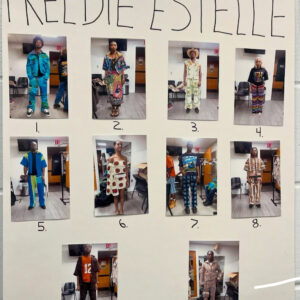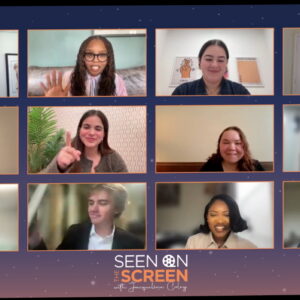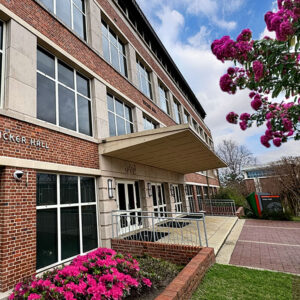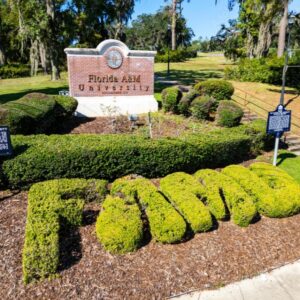Campus Life | February 2nd, 2022
The Enduring History of The Black Archives
By: Iyanna Peoples
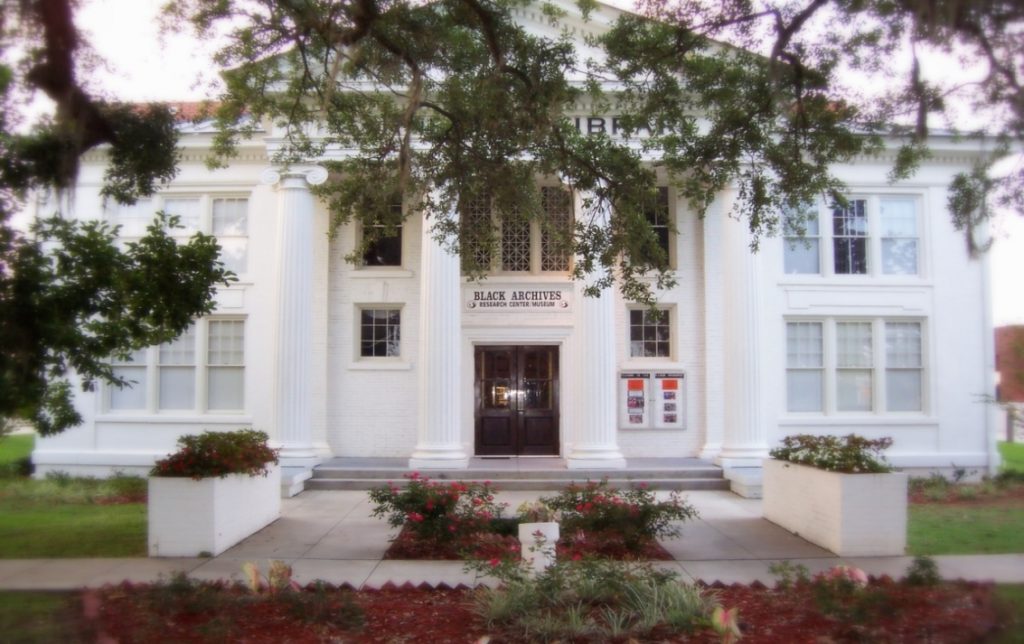
At Florida A&M University, adjacent to Tucker Hall, sits a white, neoclassical-style building that students walk past everyday not understanding its importance. While many students know the value of the building, there is a surprising number of students who are oblivious to the historical treasures it holds inside. First founded as Carnegie Library in 1907, the oldest brick building on Florida A&M University’s campus is now named The Meek-Eaton Black Archives Research Center and Museum.
“When you first come in, it’s really an ode to FAMU history and the founders”
“In the freshmen courses, when I attended FAMU, you had to tour The Black Archives as a project. It is an academic space where we can tie in more to what we’re doing in the classroom that will force the students to come and engage. I don’t think students necessarily came all the time but once you were forced to come, you appreciated and engaged with the material more,” said Dr. Young, the director of The Black Archives.
The Black Archives is named after Dr. James N. Eaton Sr., a history professor on FAMU’s campus in the 1970’s, had the vision to transform the deserted Carnegie Library into a space where students and locals could go to appreciate the history and culture of African-Americans. Joe Lang Kershaw, the first African-American Florida legislator since the Reconstruction Era, played a vital role in the museum’s foundation by writing the legislation for FAMU to receive state funding for The Black Archives.
“When you first come in, it’s really an ode to FAMU history and the founders. To the left, you see FAMU professors, administrators and Black legislators who were instrumental in building the university and starting The Black Archives,” said Young. “On the other side, you see the president’s room and the military room. As you go up, you’re looking at more of the Black experience.” Made up of three floors, the second floor displays exhibits ranging from Africa and slavery to the Jim Crow Era and the importance of the church in Black culture.
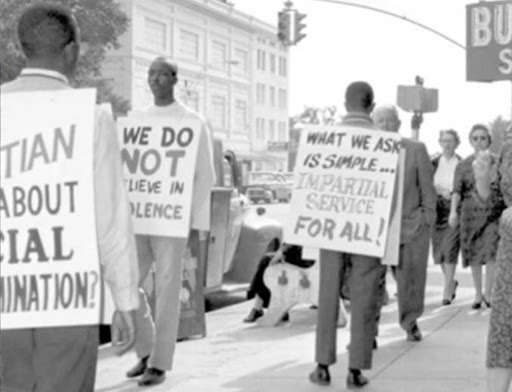
FAMU student protest held prior to the inauguration of the Tallahassee bus boycott. Photo courtesy sccopnest.com
Last March, The Smithsonian’s National Museum of African American History and Culture announced a five-year project to help fund FAMU and four other Historically Black Colleges and Universities in support of advancing the campus’ archives.With this funding, The Black Archives is also working on developing an exhibit about student activism at the Union Bank located in Downtown Tallahassee. “Student activism is a huge part of FAMU’s history and we want to tell that story of student activism as well as activism throughout the state,” said Young.
Devin Thomas, a junior agribusiness student, said while he’s never toured the Archives, he recognizes the importance of preserving FAMU’s culture and Black history. “FAMU is a perfect example of Black excellence. It’s important to preserve history because we all know how Blacks are treated. We can look at the past of FAMU and see excellence.” Thomas plans to visit The Black Archives before graduating.
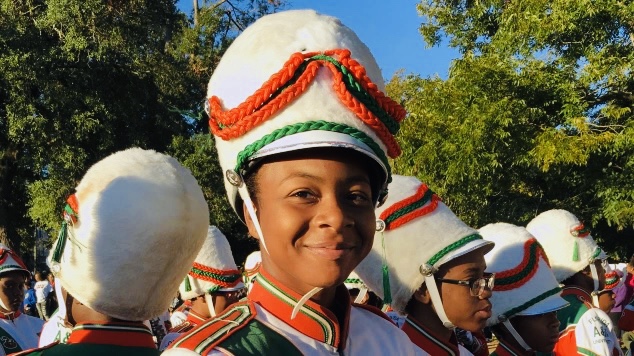
Cori Bostic is the first woman drum major of Florida A&M University’s marching band. Courtesy of Lenise Bostic
After first touring the museum while in highschool, Darrian Gardner, a fourth-year student at Florida A&M, has returned countless times to really soak in the information. “I thought it was amazing to see the progression in the school. I remember Cori Bostic being in the archives for being the first female drum major and it really made me think, ‘Wow, we are all becoming a part of FAMU’s legacy,’” said Gardner.
She believes preserving FAMU and Black history is remembering those that have paved a way and to continue a legacy for those coming after you. “FAMU’s culture is rooted in history and without the preservation of history, FAMU wouldn’t be what it is today,” said Gardner.
“If you’re going to FAMU which is also an HBCU, it’s important to know why you’re there”
More recently, there have been new platforms that have emerged during the pandemic to continue remembering and sharing the legacy of FAMU. FAMU Vintage, which started in the summer of 2020 by alumnus Nathaniel Hicks, is one of those platforms on Instagram. Hicks has always had a passion for vintage clothing so he thought combining selling some of his collectables and sharing FAMU’s history would keep people engaged with the university.
“If you’re going to FAMU which is also an HBCU, it’s important to know why you’re there. It’s important to know you’re walking in the same footsteps your ancestors did years ago. The history of FAMU is very rich,” said Hicks. Currently having over 2,000 followers and still growing, the FAMU alumnus plans to continue spreading FAMU awareness for present, future and past students.
To bridge the gap with Gen Z and attract more students, The Black Archives plans to move to a digital space. There are intentions to build a better social media presence for the museum, but copyrights and agreements can infringe those rights which is a current set-back impacting the consistency on the archives’ social media platforms.
It is because of its rich history that FAMU is able to continue its record of success. Not only in February does the university have the opportunity to remember its roots. Year-round, the campus can remember its value and power.

